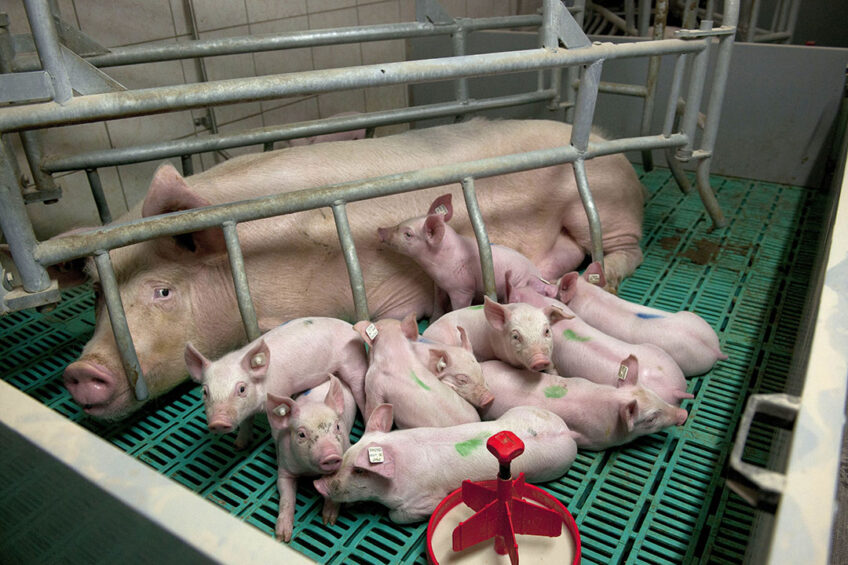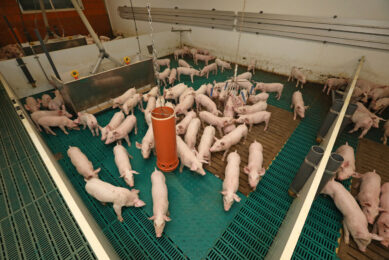Germany: Better performance and increased litter size

Is a growing litter size at odds with a long lifespan for sows or a high lifetime production? A recent extensive analysis in Germany shows that all elements can go hand in hand.
The research was carried out by Prof Dr Steffen Hoy, Justus-Liebig-University of Giessen, Germany and Birgitt Hameister, attached to agricultural advisory organisation VzF. Details about the study were published in the German title Agrarheute.
In the study, the researchers looked at “useful life” as well as “lifetime performance.” The latter was defined as the sum of all piglets born alive and/ or weaned. The useful life was defined as the number of litters produced in the life of a sow.
Study to more than 70,000 sows
For the analysis, more than 70,000 sows from 23 farms were evaluated, for which data from several years (2006 to 2015) were available. Performance data from these farms differed considerably. There were very large differences between the farms, according to the study. In its worst year, the worst performing farm achieved a lifetime production of 34.7 piglets born alive and 32.1 piglets weaned. On the contrary, in its top year, the best performing farm achieved 127 piglets born alive and 102.4 piglets weaned.
The lowest average service life for a sow in one farm was 3.7 litters. On the other side of the spectrum, a farm achieved 8.0 litters per sow life. The average litter size of liveborn piglets fluctuated between the farms – between 8.27 and 18.40.
Bottom line of the study was that sow longevity between 2006 and 2015 increased significantly from an average 63 liveborn piglets/farm to 84. In that period, the average litter size for the farms increased from 12.2 to 15.6 piglets. That was an increase of 0.34 live-born piglets per litter per year.
Number of litters/sow increased
Despite the comparatively strong increase in litter size, the useful life did not decrease. On the contrary: The number of litters per sow and per life even increased slightly – from 5.09 to 5.31 litters. Despite larger litters, the sows got older and had an average of 5 to 6 litters.
Read the recent feature about a farm visit in South Korea
In addition to the consistent selection of the best gilts, management also played a crucial role in raising large litters without increasing pre-weaning piglet mortality. The most effective measure that could be implemented in all farms would be consistent farrowing monitoring and care for neonatal piglets. Management measures for a longer useful sow life starts with the gilts’ health status as well as fertility.
Other important points the researchers mentioned were targeted diets for the needs of younger and older sows during gestation and lactation, as well as an optimal management of group formation and the housing environment without health risks, like e.g. a proper floor design.











